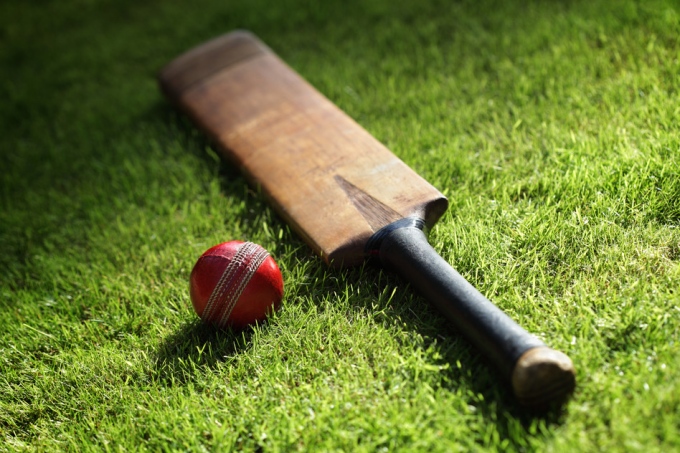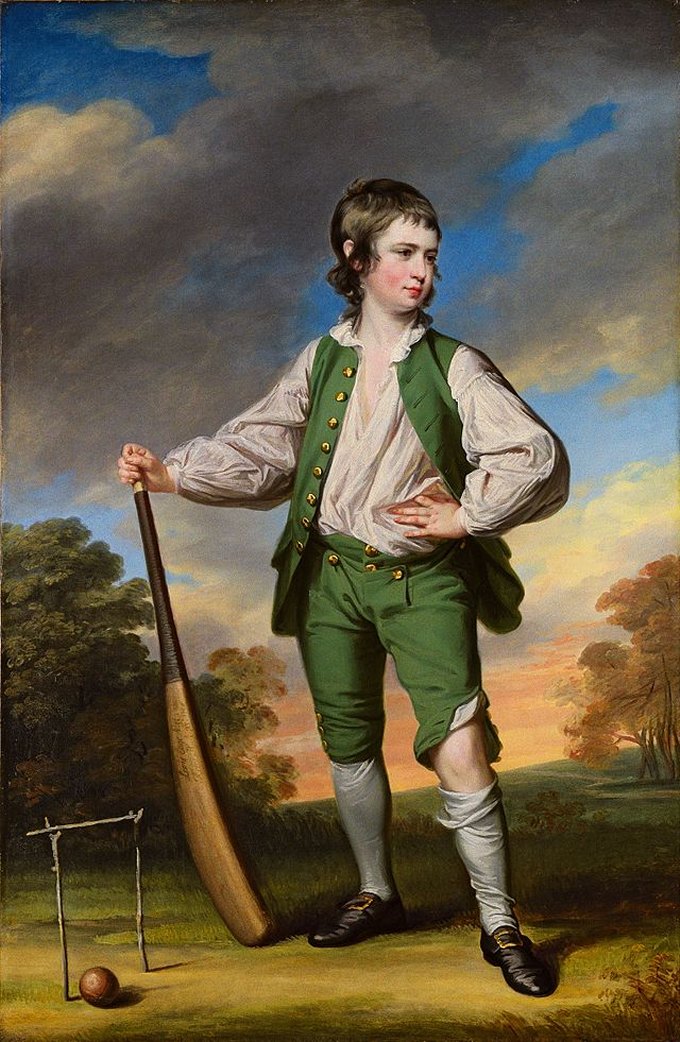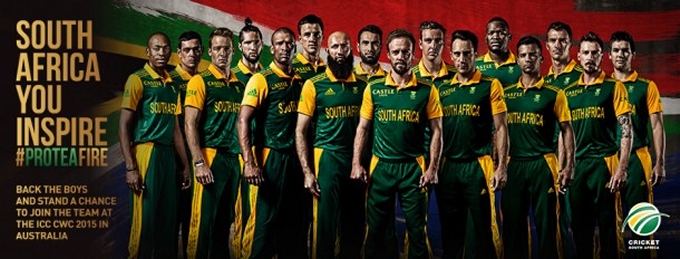Talking Cricket
/We were having dinner with friends the other night and the subject of sports came up in the conversation. The overhead TV was showing a cricket game. We mentioned that it was baseball season in the States and Steve and Jannie both asked if we were familiar with cricket. I told them my only familiarity with cricket was the talking variety, in particular, Jiminy Cricket. This was not what they had in mind. Subsequently, they thought they'd give me a quick tutorial on the game to bring me up to speed.

I considered cricket to be akin to baseball … a ball and bat type of game. A ball is pitched to a batter whose main business is to hit the ball and run to a base. It seems that though there are some similarities, for the most part, cricket is nothing like baseball at all. Believe it or not, the game of cricket can be traced back to Tudor times in the 16th century. In fact, by the end of the 18th century, it was one of England's national sports … a gentleman's game. It's considered the world's second most popular sport … second only to soccer (football in most of the world).
Beyond England, it's most prominent in post British-colonial countries … Australasia, South Africa, India and the West Indies. Why it never made it to the USA, I'm not sure although Wiki seems to think it's because 1) baseball is so popular and 2) in 1909 when the ICC (Imperial Cricket Conference) was organized, it was open only to Commonwealth nations and thereby excluded the US from participating. South Africa's national team is the Proteas (named after their national flower) and competes with other ICC teams throughout the year. There are also six domestic teams that compete in-country.
There were several terms with which I was unfamiliar and the guys filled me in. The person who throws the ball is a bowler, not a pitcher and he “delivers” the ball to the batsman. He doesn't pitch, because a “pitch” in cricket is the playing strip between the wickets. The white lines along the playing field are creases. There are all sorts of names for the bowler's “deliveries” like googly, flipper, yorker, slider, flicker and bouncer. In fact, Wiki dedicates an entire page to cricket delivery differentiation. Not so different, I guess, from sliders, screwballs, curve balls, etc. in baseball. Each batsman or striker's turn is called an innings (yes, with an “s” on the end whether it's singular or plural). There are two batsman at a time, one on either end of the pitch. Games can last from 5 hours to 5 days. There are special rules designating intervals for lunch, tea and drinks. How very British!
Here's an interesting thing. If the batsman hits the ball, he doesn't have to run … his choice. He can run if he wants, or just stay where he is. In either case, he can collect some runs. Not just one run … no he can collect four or six runs depending where the ball goes and whether it bounces or stays in flight. A cricket game can have a score in the thousands. The record for the highest scoring game ever in major league baseball was set in 1922 … a total of 49 runs. The highest scoring cricket game? 2,376!
The object of baseball is to hit a pitched ball, run around the bases and score a run. The defending team tries to prevent this from happening. The object of cricket is … I really don't know, perhaps it's protecting the wicket. Obviously, accumulating more points than the competition is key, but I'm not quite sure how that's actually done. After listening to the guys, I was no further ahead in the understanding of the game than I was before I started drinking wine and listening to their explanations, although as the evening progressed the tutorial became more amusing.
I got on line to try to try to clear things up a bit, but to no avail. I did snicker when I found out about the “Snickometer” aka the snicko, used for determining whether a ball “snicked” the bat.
I also learned in subsequent research that several common idiomatic expressions have their source in cricket.
- It's “not cricket” meaning it's not fair.
- Being “stumped” meaning being perplexed, is a cricket term for one type of dismissal, a polite word for being out.
- Being “bowled” over is to be astonished.
- A sticky “wicket” is a tough situation. A wicket, by the way, is comprised of three stumps and two bails, but everyone knows that.







